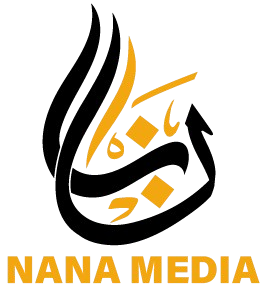Introduction to Economic Sanctions
After Russia launched its complete invasion of Ukraine in February 2022, the country was affected by economic sanctions from the USA, Great Britain, European Union, and others. These sanctions limited domestic companies or individuals on how they could act with Russia and do business. The sanctions were an attempt to change Russia without using direct military violence.
The Impact of Sanctions
Since then, the sanctions have stacked up. Russia’s foreign assets were frozen, and the majority of Russian banks were cut off by the global banking system. In order to keep its economy going, Russia has forwarded trade to other countries such as China, India, Turkey, and the United Arab Emirates. To move its oil all over the world, the country has turned to a fleet of "shadow tankers".
What are Secondary Sanctions?
In order to end this game of economic cat and mouse and to bring Russia to its knees, the US Senate is working to pass a cross-party law that threatens "secondary sanctions" in countries that are still doing business with Russia. Primary sanctions are carried out against foreign or companies, but they limit the behavior of their own citizens and companies of the country of sanctions by preventing them from dealing with the sanctioned parties.
How Secondary Sanctions Work
Secondary sanctions go one step further and extend to countries, companies, or individuals of third-party providers who do business with sanctioned parties. Even if these third-party providers are not directly bound by the laws of the country of sanction, they are put under pressure to fulfill or confront consequences if they do business in the country of sanction when doing business. Secondary sanctions do not try to force foreign subsidiaries to follow the policy of a country of sanctions.
Who Uses Secondary Sanctions?
The United States is the largest supporter of secondary sanctions. Their power is based on the importance of the US dollar on a global level and the fear of losing access to the US market or its financial system. Since a significant part of cross-border trade is in dollars or the US banking system goes through, this gives the country a large lever. For many countries, it is more important to keep this access than to do business with sanctioned regimes.
Past Use of Secondary Sanctions
The Obama government used secondary sanctions to aim at banks and other companies in Iran to get the country to negotiate the limitation of its nuclear program. The United States has recently used secondary sanctions against Chinese companies that deal with North Korea or handle financial transactions. The United States also introduced secondary sanctions against companies that do business with Venezuela, especially in the oil and financial sector, to isolate the Nicolas Maduro regime.
Effectiveness of Secondary Sanctions
Not every country is a pushover when it comes to secondary sanctions, and some find creative gaps to avoid a large part of their economic effects. They rely on alternative currencies such as the Chinese Yuan or cryptocurrencies. Companies or countries that are subject to sanctions can use agents or shell companies to complete business. Secondary sanctions are difficult to enforce and risk retaliatory measures. They can also bring like-minded countries closer together-and therefore further away from US influence.
Conclusion
In the end, it is difficult to say what exactly makes a country change course with so many parallel variables to take into account. Secondary sanctions should be viewed as an option when designing economic sanctions, but only under a number of circumstances. As with any economic sanction, if used incorrectly, they can do more damage than benefits. Non-secondary sanctions against third parties are a waste of a potentially useful instrument, although it is a misguided mistake that they expect them to be a silver bullet.

